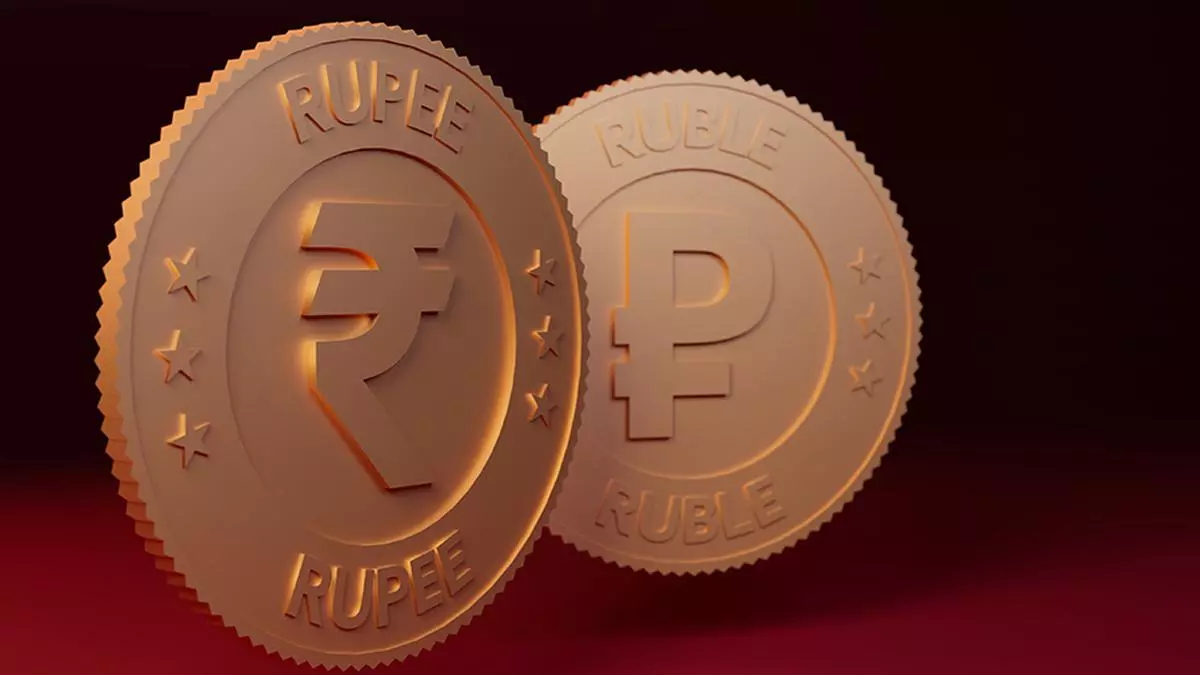Russia halts rupee repatriation as India offers bouquet of investment options, say sources
UPDATED WITH HIGHTLIGHTS AT THE BOTTOM
Russia’s payment woes with India may finally be coming to an end. Thanks to allowances made by the RBI, Russian entities now have a bouquet of investment options — not just government securities and bonds but equity and loans — to channelise their accumulating rupee balance.
“Russia is no longer struggling to repatriate the rupee balance which is continuously accumulating in its special vostro accounts in Indian banks due to increased exports to India. The RBI, through various amendments in FEMA regulations and procedures, has made it possible for Russian entities to invest in a whole bouquet of avenues, which the country has started to make full use of now,” a top level source told businessline.
Vostro accounts
India and Russia put in place a rupee payment system to circumvent the Western countries’ banking and economic sanctions against Russia following its attack on Ukraine in February 2022. Under the mechanism, a number of Russian banks, including Gazprom and Rosbank, opened their rupee vostro accounts with authorised dealer banks in India, such as UCO, HDFC and ICICI, for enabling rupee trade between the two countries.
“The rising unused rupee balance for Russian entities in these accounts was a big concern for Russia, and it was trying to repatriate some of it through various means including converting it to dirhams or yuan. But now the rupee balance is being gainfully invested in the country itself,” the source said. India is also trying to identify projects for Russian entities to invest in, such as the Vande Bharat sleeper trains project.
In September last year, Russian Foreign Minister Sergey Lavrov had told reporters that Moscow had “billions of rupees” stored in Indian banks that could not be used but it was looking at some proposals made by India for investing that money.
Russian investments
The following month, the RBI enabled countries holding rupee accounts to invest in government securities’/treasury bills in India. Recently, a FEMA (Foreign Exchange Management Act) regulation has been amended making it easier for foreign investors to trade in derivatives.
Russia is also being allowed to invest in equity and debt and it has shown tremendous interest in doing so, the source added.
“Details of such investments are under wraps as private companies, that have businesses in the US and the EU, are not too comfortable about disclosing them,” the source said.
But, the West’s economic sanctions against Russia is unlikely to have a bearing on Russia’s investments in India, he added.
“Why should the US be bothered (about Russia’s investments)? We are not dealing in dollars. And it is Russia that is investing in India and not vice versa,” the source said.
Russia is now India’s second largest import source, after China, surpassing the UAE and the US. In 2023-24, India’s imports from Russia increased 32.95 per cent to $ 61.44 billion, while its exports were at $4.26 billion, creating a trade deficit of $ 57.18 billion.
“Most of India’s import from Russia comprises oil, but there are also imports of defence equipment, fertilisers, edible fats and oil and precious and semi-precious stones and jewellery. While payment for defence equipment was largely in rupee, payment for Russian oil was taking place in other currencies. Now that the rupee balance is finding various investment avenues, India can make a larger part of payment for its Russian imports in its domestic currency,” the source said.
HIGHLIGHTS
*Russia becomes second largest importing country for India in FY24
*RBI’s relaxation of certain FEMA regulations widens investment options for Russian entities
*Repatriation of surplus rupee no more favoured option
*Russian investments in India not to attract Western sanctions as these are rupee investments
